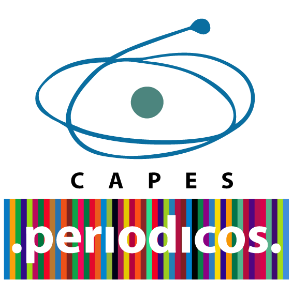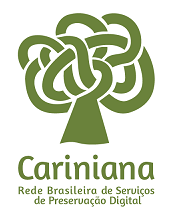Graphic ecodesign: theory and practice
Keywords:
Graphic design, Ecodesign, Geography.Abstract
This research analyses the adaptation of graphic design practice with the ecological paradigm of ecodesign, as well as the historical and conceptual developments such as society-nature relationship and environmentalism. There aren't any references at the national level since it’s still a poorly studied topic and the ecologic graphic product culture is lacking in Brazil. The reference material for designers and graphic field educators is inefficient as it refers to the print stage or tridimensional products and doesn't have enough technical data. The research’s objectives are to survey the history of graphic ecodesign based on the development of environmental movements' geographical perspective, to analyze the materials and graphic processes in environmental terms, to develop environmental strategies for designers and ultimately to create a guide of good environmental practices addressed to graphic designers. The interpretation methodology is dialectical, and the environmental ideology used to analyze the results was the Green. The research was exploratory with bibliographic delineation. Two field studies were done with two different questionnaires. The first one comprised of closed questions with the purpose to diagnose the designer's attitude on environmental issues and the use of strategic tools. The second questionnaire had both closed and open questions in order to identify the graphic designer’s impressions on the Guide. The Life Cycle Assessment was performed using the software SimaPro 8.1.1.16, and its results were analyzed through the generated graphics. The research was designed based on the results of the first field study, which showed evidence of the need to create a basic material reference for graphic designers. Moreover, the environmental analysis clearly showed. A need to change certain established paradigms, such as the intensive use of ennoblement finishing’s a use of coated paper, large areas with ink, the use of certain special colors, among other practices. The change of these patterns leads to a lighter product in visual and environmental terms, which is the opposite of the current aesthetics trend, demanding, as a result, some deep cultural changes. The findings were gathered and adapted to develop a guide that was planned and printed. On the contrary of what graphic designers imagined, the data collected showed that the ecological graphic products are generally less expensive. As a recommendation for future studies, we suggest an environmental diagnosis of university designers’ training.Downloads
Downloads
Published
How to Cite
Issue
Section
License
Copyright (c) 2018 GEOGRAFIA (Londrina)

This work is licensed under a Creative Commons Attribution-NonCommercial 4.0 International License.
The authors retain the copyright simultaneously licensing the work under the Creative Commons Attribution-NonCommercial 4.0 International license. This license allows third parties to distribute, remix, adapt, and develop the material in any medium or format for non-commercial purposes, giving due credit for authorship and initial publication in this journal.
The journal reserves the right to make normative, orthographic, and grammatical changes to the originals in order to maintain the standardized language and the credibility of the vehicle while still respecting the authors' writing style. Conceptual suggestions, changes, or corrections will be communicated to the authors when necessary.
The opinions expressed by the authors of the articles are their sole responsibility.
This work is licensed under a Creative Commons Attribution-NonCommercial 4.0 International license.











